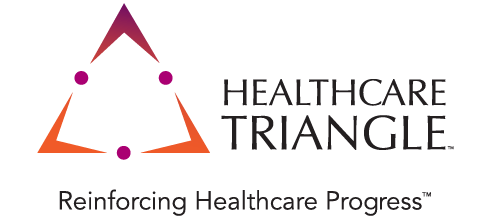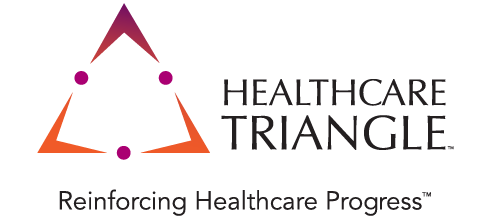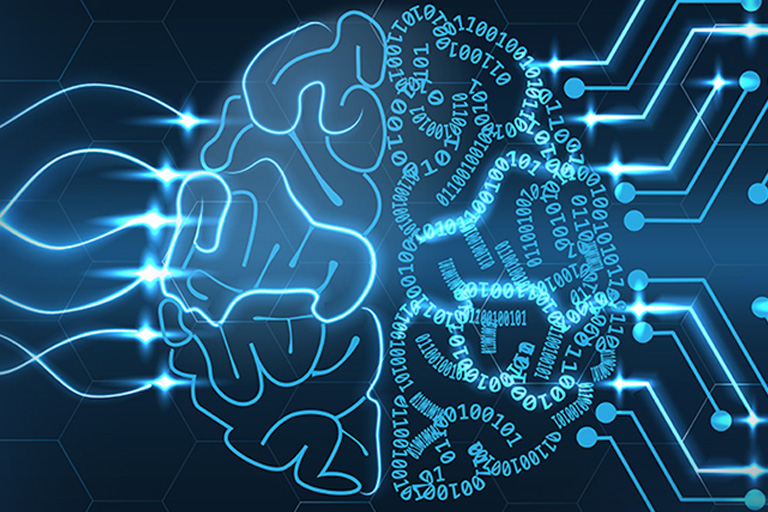How Transition from Web 2.0 to Web 3.0 Revolutionizes the Life Sciences Industry
Anand Kumar, Senior Vice President, Head of Cloud Solutions
Mar 3, 2023
As the world of life sciences and pharma advances, digital technology can play a critical role in unleashing new potential for all stakeholders. But with constant technological changes taking place, staying up to date on trends is often difficult. According to recent estimates, we are witnessing a monumental shift from Web 2.0 to Web 3.0, which has profound implications for pharma and life sciences professionals alike.
The term ‘Web 3.0’ is often used to describe the next stage of the internet, where users can interact with data and applications in a more meaningful way. For example, healthcare provider organizations leverage Web 3.0 by enabling patients to have direct access to their own health data, or physicians being able to prescribe medications through an app.
In this blog post, we will take an in-depth look at what this transition can mean for life sciences and pharma – highlighting some emerging opportunities as well as considerations that may arise along the way.
Defining Web 2.0 to Web 3.0
Web 2.0, which emerged in 2004, describes a shift from static HTML webpages to dynamic content driven by user interaction and data exchange. We saw significant developments such as social media, interactive multimedia applications and improved global access to websites and other online services.
Web 3.0 is a more advanced version that applies artificial intelligence and machine learning technology to connect users with relevant content more efficiently than ever before.
| Web 2.0 | Web 3.0 |
|---|---|
| Static webpages | Interactive data visualization, mapping, and simulations |
| Data availability limited to one-way flow | Two-way communication of data with integrated systems for analysis, storage and sharing |
| Lack of personalization in user experience | Personalized user experience with tools like AI (Artificial Intelligence) and ML (Machine Language) |
| No secure data exchange | End-to-end encryption for data securities |
| Limited network capabilities | Greater interconnectedness of networks, providing real-time insights into drugs usage & patient care at a much faster pace |
| Webpages are accessed directly from the internet | Data is accessed using web services in decentralized manner |
| Lack of scalability, reliability, and availability | Scalability, reliability, and availability are improved with use of technologies like cloud computing & data analytics. |
The Benefits of Moving to Web 3.0 for Pharma & Life Sciences
The promise of Web 3.0 is immense, and businesses in the life sciences and pharma industry stand to benefit from its propelling capabilities if they are deployed effectively.
-
- Improves Data Security: Web 3.0 provides a much more secure environment for patient and clinical data sharing and management, with built-in encryption protocols that make sure all information stays safe from outside threats.
- Enhances Compliance: By incorporating digital security protocols, LS organizations can ensure that all data is kept secure and compliant with industry standards.
- Facilitates Collaboration: Web 3.0 allows for greater collaboration between all stakeholders in the life sciences industry, from medical professionals to researchers and more. This means that data can be shared quickly and securely, leading to faster decisions and better outcomes.
- Accelerates Drug Discovery: With its powerful analytics capabilities, Web 3.0 technology can help to accelerate the process of discovering new, innovative drugs and treatments.
- Improves Patient Outcomes: By providing physicians with real-time data and insights, Web 3.0 can lead to better patient outcomes and improved quality of care for all patients.
- Boosts Efficiency & Scalability: By automating certain tasks and processes, Web 3.0 technology can help streamline workflow and reduce manual labor, resulting in increased efficiency.
- Proves Cost Effective: With its streamlined technology and automated processes, life sciences companies can save on costs by eliminating the need to hire additional staff or purchase expensive software.
Guide to Transitioning Your Business from Web 2.0 to Web 3.0
To successfully transition from Web 2.0 to Web 3.0, organizations need to take a few key steps.
- ✓ Evaluate the organization’s current technology infrastructure and make sure it can handle the more sophisticated applications associated with Web 3.0.
- ✓ Introduce innovative technologies such as machine learning, AI, and data analytics that are more suitable for this new era.
- ✓ Develop a roadmap that outlines their path towards full adoption of Web 3.0. This roadmap should include an assessment of the current process, mapping out recommended changes and enhancements, planning for implementation, and outlining a testing strategy.
How Web 3.0 is Changing the Face of Life Sciences Industry?
The potential of Web 3.0 in pharma and life sciences is immense. By converging medical data, predictive analytics, and artificial intelligence, this technology promises to revolutionize the way we understand diseases and develop treatments for them. In addition, with access to real-time patient information, life sciences leaders can make more informed decisions about diagnosis and treatment.
Furthermore, Web 3.0 technology can provide organizations with the insights and data they need to make better business decisions, improve research and development processes, and create more effective treatments for diseases. With its immense potential, Web 3.0 is poised to become an invaluable asset for pharma and life sciences in the years to come.
As we venture into this new decade, the life sciences and pharmaceutical industries must evaluate how to remain on the forefront of technology. Web 3.0 has immense potential for these companies, but only if they can adapt and change with the times. Our team of experts can help you navigate this digital landscape and ensure that your company is set up for success in the coming years. Contact us today to learn more.


